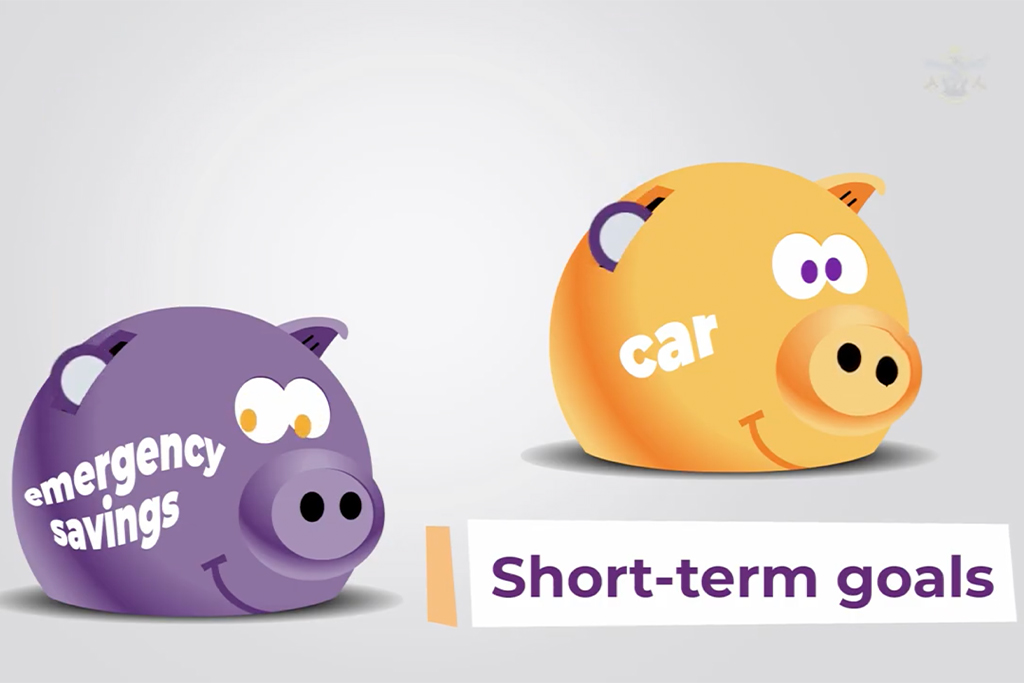
Health insurance vs Medicare
August 5, 2019
Invest for your future
September 9, 2019Interest rates are at an all time low. Some experts are predicting that they will drop further and may stay low for some time yet, perhaps years. Others suggest that before long, interest rates will be negative, meaning that savers and depositors will pay the banks to hold their money (as already happens in some countries).
That might seem like good news for borrowers. It is at one level, although a wise person should consider what extremely low interest rates say about the underlying risks in the Australian and world economies.
As for home deposit savers and retirees relying on interest income from bank deposits, things appear to be grim. It was only a decade ago that savers were receiving 8% per annum within the safety of an Australian bank. Many retirees were relying on receiving that interest rate for the rest of their lives. For example, a retiree who worked hard to accumulate $500,000 in retirement savings confidently expected an income of around $40,000 per annum. That person will now receive less than $10,000 which may well drop to zero within the next two years. Who would have thought…?
Not surprisingly, as observed in every other low interest rate cycle, we’re now seeing the growth of non-bank organisations offering rates well above those offered by the banks on deposits. In the current circumstances, savers and retirees are being offered rates around 5% per annum, sometimes a lot more. Comforting words accompany these offers, leading investors to conclude that their money is safe and secure.
Assessing such an offer is not easy because it is inevitably accompanied by a long and carefully worded legal document, sometimes called a prospectus. This purports to set out the benefits and risks of the offer.
The first consideration in making any investment decision is the so-called “golden rule”. That is, there is a direct relationship between risk and reward. So if banks are offering less than 1% per annum on deposits and non-bank organisations are offering a return of 5% per annum, investors can be certain that their money is at greater risk in the latter environment.
Provided investors are comfortable about that (because they like the idea of earning 5% per annum) the second consideration is to determine how much risk is involved. That may not be easy to do, but in making an assessment, an investor can be absolutely certain of the fact that as the reward (return) rises, so does the risk.
We’ve seen many examples of the “golden rule” in action over recent decades, including the growth of mortgage funds offering a multiple of prevailing interests rates. Investors often naively believed they were directly investing in property (safe as houses”), when in fact they were ultimately lending money to risky developers who were borrowing on uncompleted projects through mortgage funds at 20%-30% per annum, such were the huge risks inherent in their building projects. In these circumstances, when the market turned down and developers failed, investors rushed for the exits and their funds were frozen, if not wholly or partly lost, due to cashflow problems with the borrowers.
There are many variations on the same old theme, but in the end, investors must remember that investing money involves taking risks. In that context, preservation of your capital may well be more desirable than risking it for the sake of a few percentage points of return. Opinions vary, as they always do with economists, but commonsense would indicate that now is the time for caution, not irrational exuberance.






